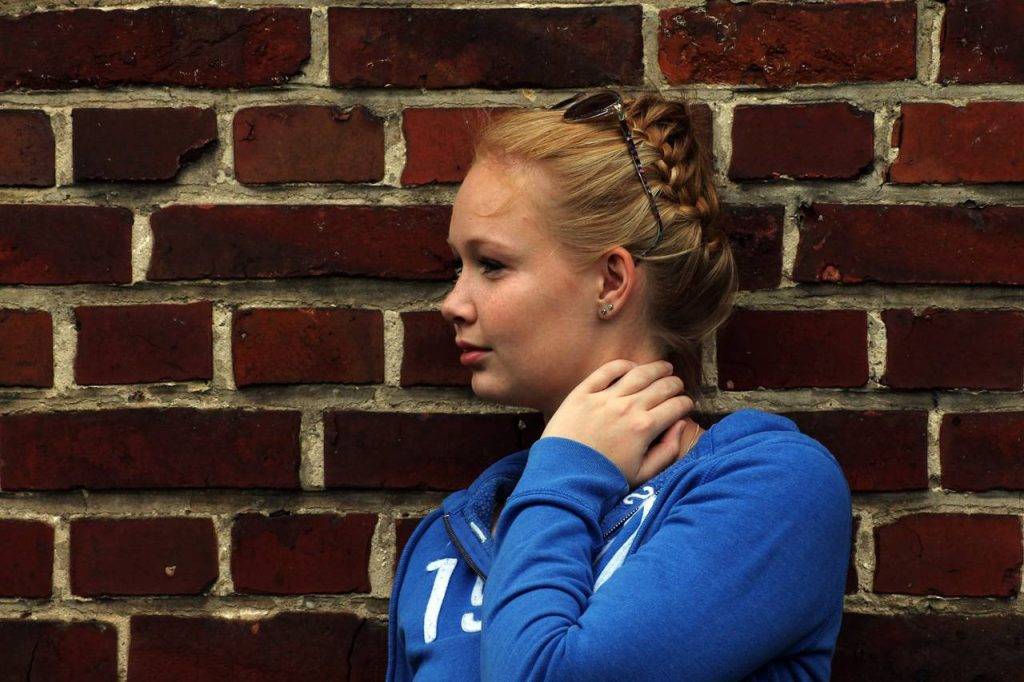Up to 20% of the world’s population suffers from Binocular Vision Dysfunction (BVD).
What is BVD?
Binocular Vision Dysfunction (BVD) is caused by the two eyes not working together, most frequently due to a misalignment between the two eyes.
When people have normal binocular vision, their eyes work in tandem and are perfectly in sync at all times, allowing the eyes to send one clear and focused picture to the brain.
BVD impacts the lives of both children and adults, dramatically affecting school grades and office performances.
Schedule an appointment with an eye doctor near you who can diagnose and treat BVD.
SEE RELATED: Micro-Prisms and BVD
BVD causes difficulties in seeing one clear image. The misalignment of the two eyes causes each eye to send a different image to the brain, which then struggles to turn them into one unified and clear image.
In most cases the misalignment is very subtle, making it difficult to identify.
Even though the misalignment may be small and physically unnoticeable, the symptoms can significantly impact school and office performances.
BVD can result in fatigue, tiredness, double vision and loss of concentration, often leading to increased levels of stress and anxiety.
BVD can manifest at any time, often without an identifiable cause, with symptoms usually experienced during school, college or after long hours at the office.
BVD Symptoms
BVD symptoms can lead to a variety of symptoms, including:
- Double vision
- Dizziness
- Fatigue
- Headache
- Motion sickness
- Light sensitivity
- Stress
- Anxiety
If you find that you frequently suffer from any of the symptoms listed above, schedule an exam with an eye doctor that is trained and experienced in diagnosing and treating BVD.
BVD and Vision Therapy
BVD is successfully treated with vision therapy and specific optical lenses called ‘micro-prism lenses’
1. Vision Therapy
Patients with BVD are often treated with an individualized vision therapy program.
Vision therapy is a program to improve the communication between the brain and the eyes, further supporting the visual system and alleviating the symptoms of BVD.
2. Micro-Prism Lenses
Prismatic lenses work to correct the misalignment in your eyes by manipulating incoming light before it enters your eyes, so when the images from the two eyes reach the brain, the brain can fuse them into a single image.
The prisms in the glasses ‘trick’ your brain into thinking your eyes are properly aligned, causing you to see just one object. This prevents eye muscle strain.
When prism lenses are combined with vision therapy, patients usually find that their symptoms gradually subside or completely disappear.
LEARN MORE: Guide to Binocular Visual Dysfunction (BVD)
Contact a vision therapy eye doctor near you who has experience with BVD to discuss treatment options to help you effectively maximize your vision.


